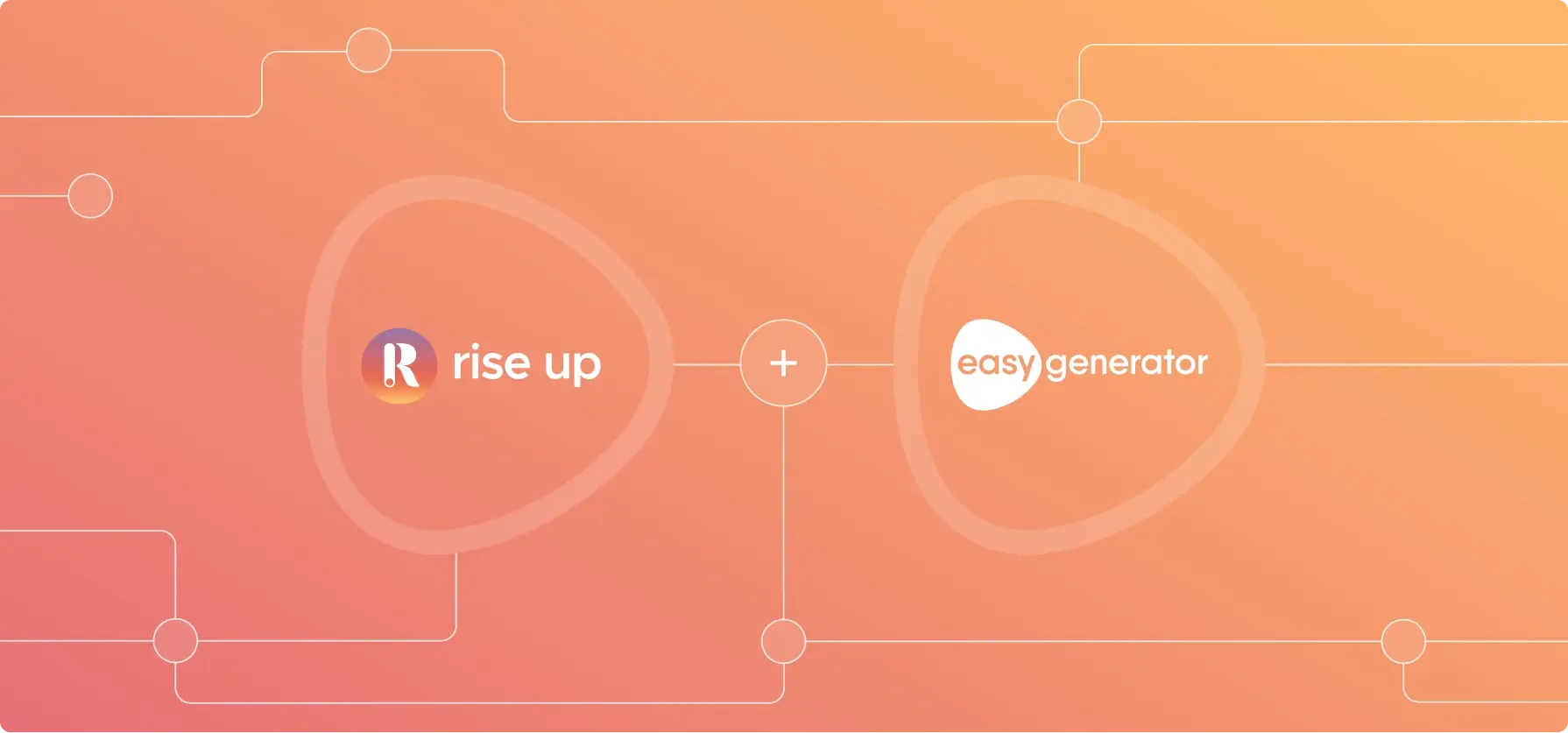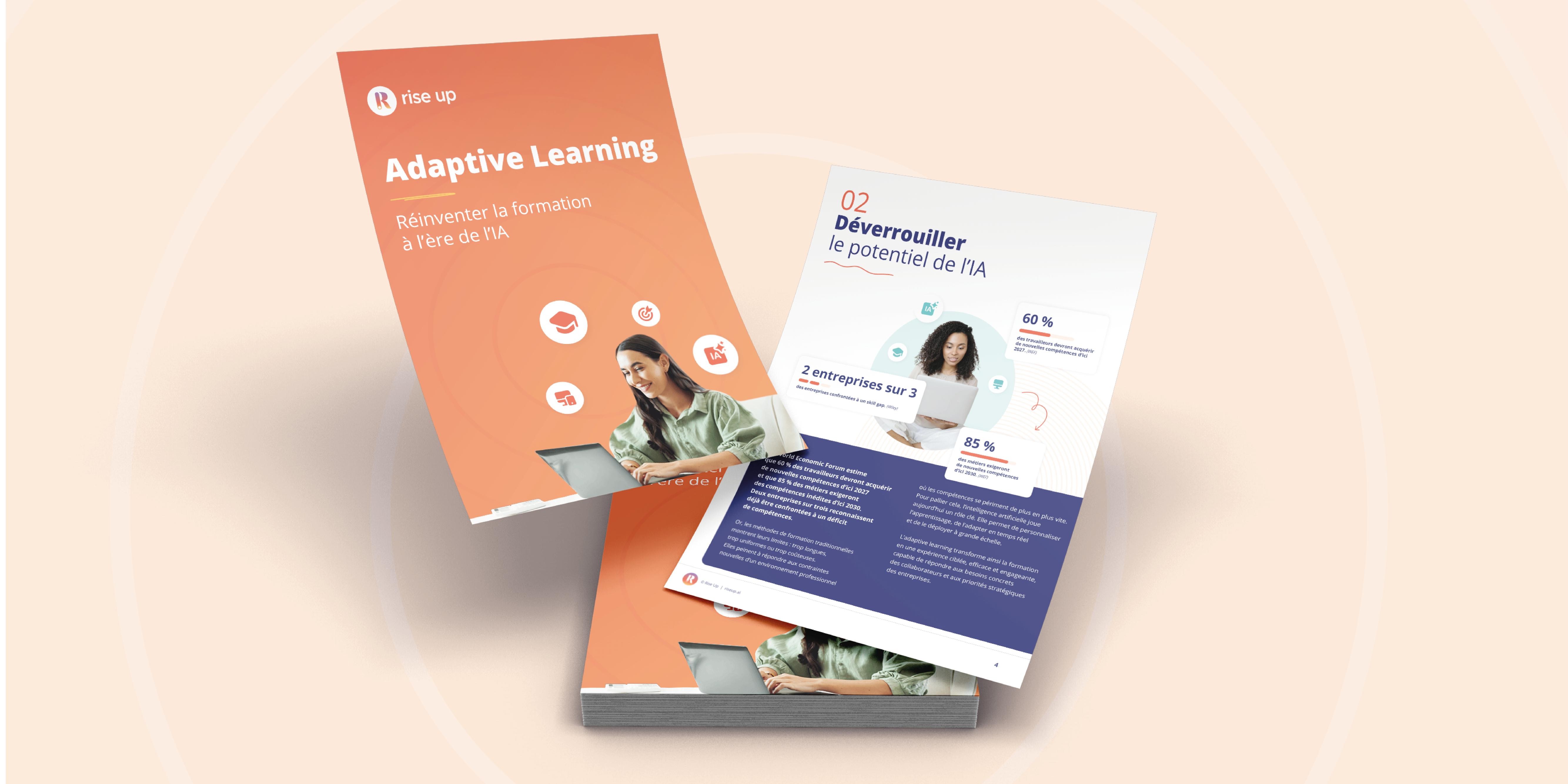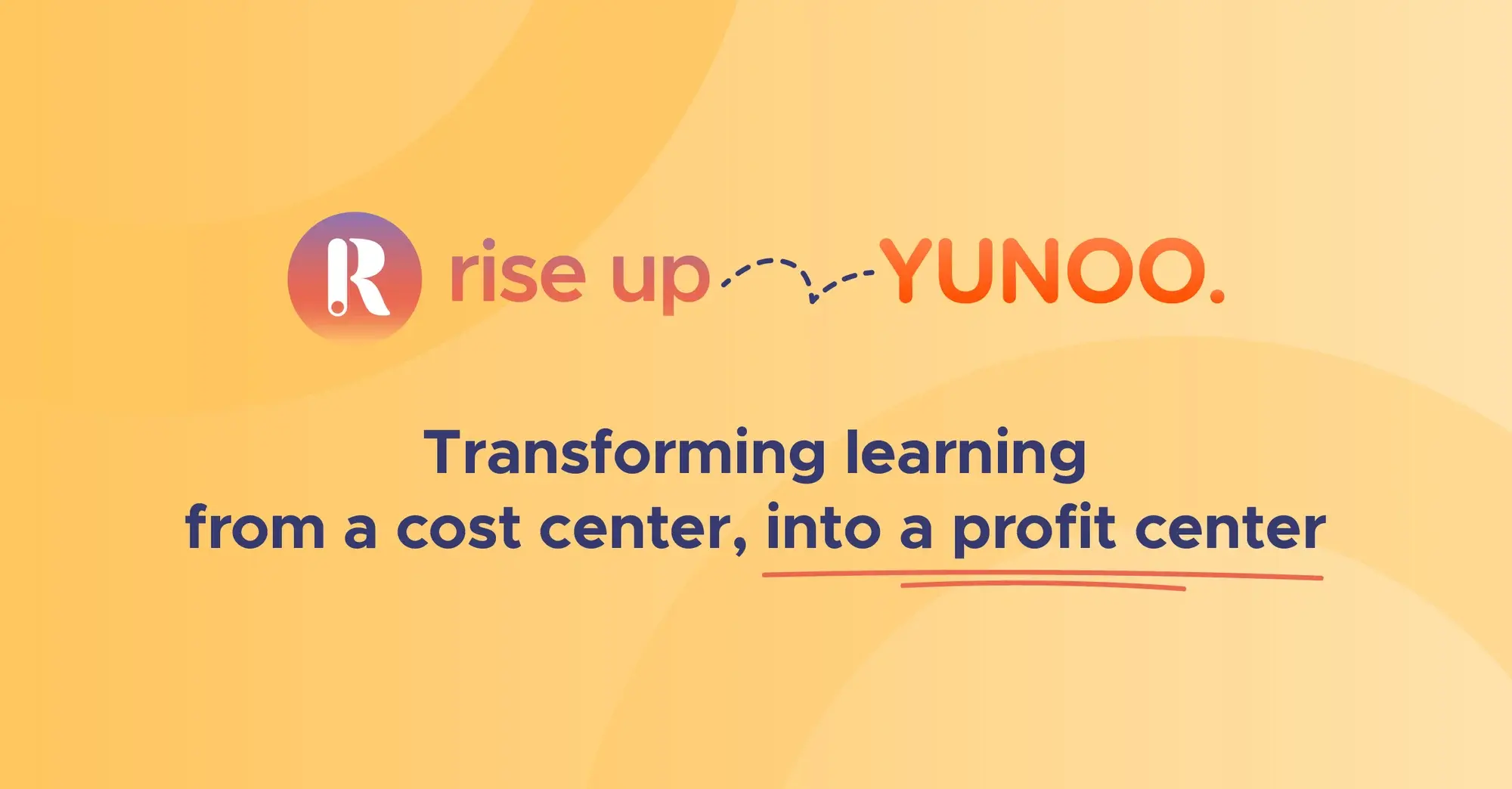How can we assess employees' skills?
15 minutes of reading | 2022-11-14
A professional skills assessment is a key tool for businesses looking to develop, grow and retain their personnel On top of helping employees' career progression, measuring skill levels means shining a light on a workforce's strengths and weaknesses, and therefore a company's ability to perform in the market.
What is a skills assessment?
The two major categories of skills: hard skills and soft skills
Hard skills (technical and business) examples:
• management of social networks
• use of specialized machines
• mastery of a computer programming language
• use of an accounting software
Soft skills (behavioral) examples:
• leadership
• ability to solve problems
• sense of initiative
• rigor
• team spirit
• communication
Skills assessment definition
Assessing skills is all about measuring employees' level of proficiency in different skills when performing their duties. In other words, it is a question of verifying their ability to carry out the tasks and missions entrusted to them.
The skills assessment must reveal the needs of each employee by answering the question: “What skills must they improve or acquire to obtain better results and feel more fulfilled and evolve within the company?”
Reviewing skills can also be done at team level, based on specific standards, and will show how far we have to go to achieve the strategic objectives.
Skills analysis opens up a way of developing employees' skills and abilities in the short and long term. This approach can also enable leaders to understand their skills gaps and can decide between internal training or recruitment.

Why assess your employees' skills?
Generally speaking, comparing the skills needed for performance (individual and collective) with the skills actually possessed by the employees of a company reveals a 'gap' that needs to be filled. It is in the interest of managers and HR departments to use a skills assessment to have a concrete vision of the needs to be met.
Let's go into some more detail...
List the skills
The first reason for assessing skills is to establish a clear, complete, and precise list of skills. Objective: to verify that the company has the capacity to meet the demands of its market on the one hand, and that it has one or more advantages over its competitors on the other. This requires carrying out an audit. Its purpose? To measure the level of the different skills that employees have in their job.
Uncovering potential skills gaps
A thorough assessment of professional skills lead to the detection of potential skills gaps in the workforce. It is essential to target both hard and soft skills to draw up each employee's specific profile and identify any gaps.
For example, an excellent technician is not necessarily able to work effectively in a team or to manage stress well; in the same way, being an outstanding negotiator does not mean that one can master a CRM software. Each individual has a unique set of skills. By conducting a skills assessment, managers and HR managers are able to detect flaws.
Developing better training plans
Listing skills and identifying employee knowledge gaps leads to readjusting and improving training plans. The idea is to offer the most personalized systems possible to provide concrete answers and solutions to each individual.
Avoid enrolling an entire team on the same training course: this happens so often, but we must put an end to it. We must move towards individualized training in content and teaching methods (we will come back to this...).
Assessments also take place at the end of the course. The aim is to measure the effectiveness of the sessions attended. The result is a series of improvements to ensure that the training plans are as engaging and relevant as possible, with the additional benefit of helping employees test and refresh what they’ve just learned.
Helping your employees to develop in a more obvious way
A manager who knows exactly what the strengths of their employees are, what their potential is, what motivates them, and what makes them develop professionally, will be perfectly equipped to support them in their career development. HR teams will then be able to design training courses that are consistent with individual perspectives and objectives.
Save your recruitment budget with upskilling and reskilling
Upskilling and reskilling initiatives can be implemented to meet employees' expectations and develop talent, all of whom have unique visions of their professional future, desires, and different ways of fulfilling their tasks.
Upskilling will allow employees to evolve in their job to ensure constant expertise. Reskilling, on the other hand, will give employees the opportunity to make a change in their careers by changing positions or even professions. Both will help businesses combat the risk of the “great resignation” as they help to develop greater brand loyalty.
An organization that takes care of its employees' career path, offers a framework conducive to the development of skills, and does so on the basis of a detailed analysis of skills and abilities, will be better able to retain its staff. This work will also help attract new talent against the competition.
How do we carry out employee skills assessments?
The essential skills reference framework
The skills reference framework is a repertoire, an organized and synthetic inventory of the skills needed to do a job. It is often organized around two skills categories: soft skills (behavioral and interpersonal skills) and hard skills (technical skills related to the job). Transferrable skills (i.e., those that can be used in several professions and professional disciplines) also appear in the reference framework. Finally, when it comes to listing the skills for management positions, the reference framework also presents managerial skills.
This tool, developed under the responsibility of the HR department, provides the essential basis for assessing professional skills. It is particularly used during the audit phase, as part of an Employment and Skills Plan.
A distinction should be made between a skills framework and a skills map. The difference is subtle, but it does exist: the skills map is a comprehensive document that lists all the skills required by the company to be successful in its market. As we have seen, the repository focuses on a job.
The organization, therefore, has a single skills map but many skills frameworks!
These two documents are of great value. They will enable training managers to put in place measures to reduce the gap between the skills needed by the company and the skills available internally.

Use an LMS to assess your employees' skills
Learning Management Systems (LMS) collect a large amount of data from training activities, which is extremely challenging to obtain and manage otherwise.
An LMS platform allows organizations to carry out an individual (employee by employee) as well as a global (company-wide) skills assessment.
Here are some recommended key metrics to be analyzed for this work.
The completion rate
Firstly, to measure the effectiveness of a training course (i.e., the acquisition of a skill), you should look at the completion rate and the percentage of employees who have completed their training once they have been enrolled.
The success rate
A logical consequence of the completion rate is the success rate. Most training courses are certified and therefore validate the mastery of a skill. A low certification rate means that most learners have not progressed in the targeted practical or behavioural skill. It might then be necessary to propose a new training course, focusing on the points not acquired.
The time taken to complete a task
This is a lesser-used indicator, but can still be insightful. It allows us to assess a skill by analyzing how long it took for an employee to complete a task. Let's take the example of a "conflict management" course. If the learner takes a while to find the right reactions during a simulation involving him facing a disgruntled employee, it is easy to conclude that the skill is not well mastered.
The assessment itself, quantitative and qualitative
End-of-course tests are instructive. The questions asked should be carefully considered beforehand. These must cover all the dimensions of the targeted skill. The analysis of the results will show the overall level of knowledge and/or technical skills acquired.
The score obtained reflects the quantitative aspect of the assessment. The performance reports, obtained at the end of specific activities (situation scenarios via serious games, for example) make it possible to assess a training action qualitatively.
Learner feedback
At the end of the training course, employees provide an analysis of their learning path. They judge whether or not they have acquired the targeted skill and point out any remaining gaps. To do so, they simply have to answer a survey available on the platform. It is important to carry out a detailed survey in order to obtain as many analysis elements as possible.
This data is crucial for HR teams as it allows them to determine the strengths and weaknesses of training courses. This will also help improve the courses, to increase employees' skills more effectively.
The ROI
The idea here is to evaluate employees' performance when they apply what they have learned once back at their job. Is the operational implementation of the skill taking place? If so, does it lead to improved results, better productivity, the performance of new tasks, etc.? Answering these questions means evaluating the skill level and measuring if the course has paid for itself. In other words, it means analyzing the impact of the training in relation to the allocated budget, which makes it possible to redirect the training strategy if necessary. This work makes it possible to reorientate the training strategy if necessary.
To summarise, the answer to the question "how can we assess skills?" can be summed up in a few words: prioritize the use of the skills framework, the skills map, and the LMS.
The Rise Up Content offer is precisely designed to fill the "gap" between skills mastered and skills to be acquired.
We have a vast portfolio of off-the-shelf content available to employees and can be accessed with a few clicks from their LMS platform.
A multitude of technical and behavioral skills are covered. Here are some examples of off-the-shelf training courses focusing on soft skills:
- "Knowing how to manage conflicts"
- "Stress-free decision-making"
- "Knowing how to listen"
- "Remote teamwork"
- "Managing your team"
- "Successful meetings"
- "Motivate your troops"
- “Recruit the best: recruitment and selection”
Each course is adapted to learners' availability and encourages involvement through innovative teaching methods.






